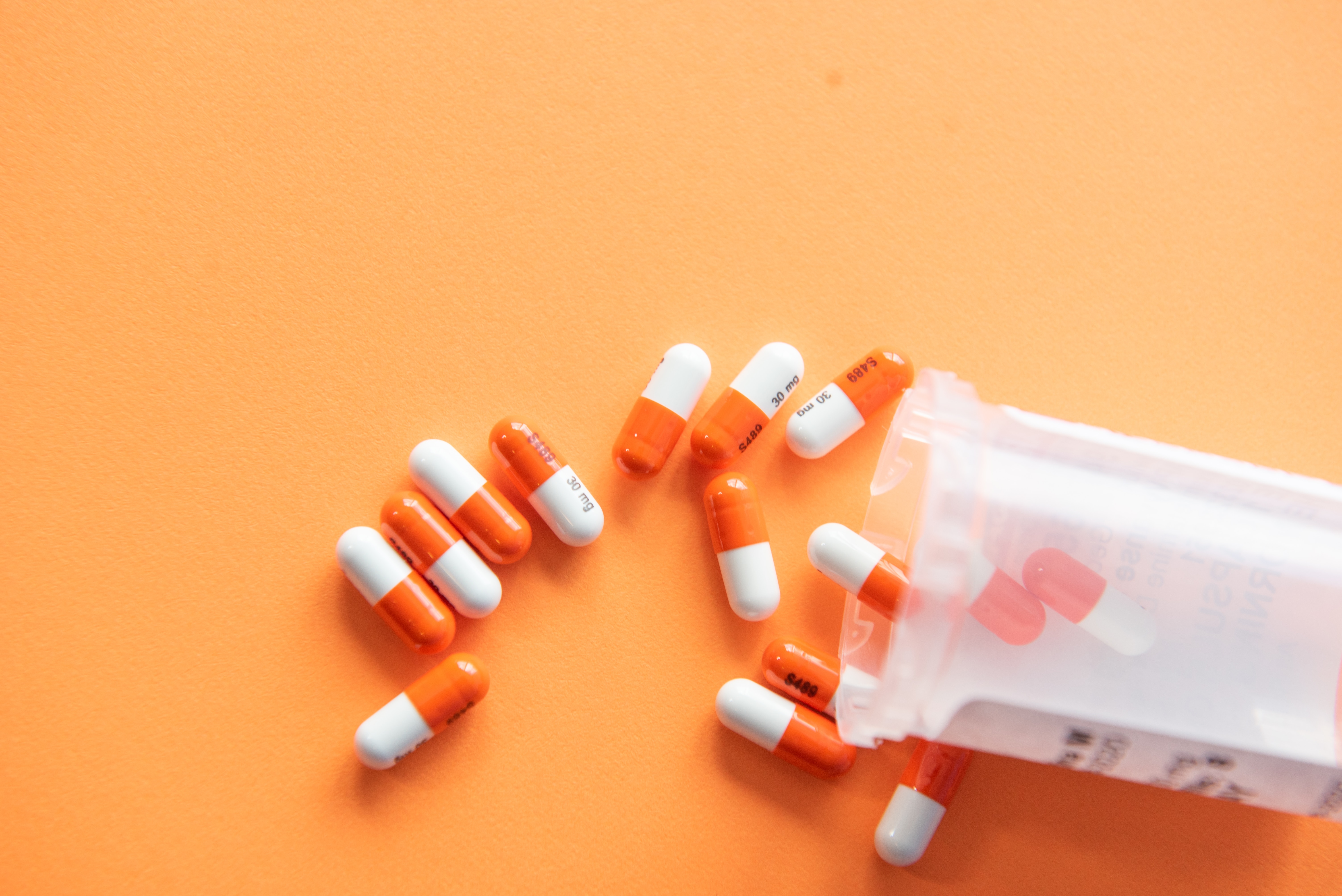Sign up for our information-filled email newsletter

The Impacts of ADHD on Youth Substance Abuse

At Pride Surveys, we strive to work with our education partners and community coalitions to provide data, research, and resources surrounding and focusing on the issues affecting today’s youth and adolescents. This month, we focus on the correlation that attention-deficit/hyperactivity disorder (ADHD) has on youth substance abuse as more and more studies and papers indicate the connection between them.
The CDC (Centers for Disease Control and Prevention) reports that among U.S. children between the ages of 2 and 17, approximately 9.4 percent have been diagnosed with ADHD. This statistic makes it one of the most commonly diagnosed neurodevelopmental conditions today. When it comes to preteens, research reports that 80 to 85 percent still experience symptoms into their adolescent years. Sixty percent of children continue to experience ADHD through to adulthood.
Individual brain development and the specific challenges faced in school or at work may increase or decrease their symptoms over time. However, research shows that teenagers with ADHD are more likely to abuse substances like drugs and alcohol. Additionally, young kids with ADHD are also shown to be more drawn to substances.
Marijuana, alcohol, and nicotine are the most commonly used drugs by teenagers with ADHD. Studies are showing, and people are reporting, that it’s not necessarily that those who live with ADHD and partake in these substances are looking to ‘get high’ in the traditional sense, but more that they are looking for a break from exhausting ADHD symptoms like racing thoughts and hyperactivity. In short, it helps them to feel calmer. Plus, their brains – though not yet proven but hypothesized – might be more sensitive to drugs. That can make them feel the effects more intensely and sometimes get addicted faster.
There are additional theories surrounding ADHD and youth substance abuse, with one being that genetics may potentially play a part in the link between ADHD and the propensity for developing a substance use disorder. Other theories include impulsivity and poor judgment that can accompany ADHD symptoms and how the brain functions with ADHD. School troubles that often occur with ADHD may also increase the risk of initiating substance use because it can lead to low self-esteem and stress.
Of particular interest is the dopamine hypothesis of ADHD. Briefly, the dopamine hypothesis of ADHD posits that low levels of the brain chemical dopamine in the forebrain cause problems with executive functions related to attention and impulse control (Solanto2002). Alcohol and some other drugs have the effect of releasing dopamine into the brain and therefore fill a need in the dopamine imbalance that may contribute to greater alcohol use and youth substance abuse among people who have ADHD.
In addition, the adolescent teenage years can exacerbate many ADHD symptoms as teenagers explore relationships and themselves and have more pressure academically put on them. Emotions are already high as a teenager, but socially, one study of 878 adults with ADHD, for example, found that about 19% of the group showed symptoms of Avoidant Personality Disorder. More research is needed on that connection, but it’s easy to understand how more teenagers with ADHD may partake in substances if they’re feeling isolated, scared, or avoidant socially.
It’s also worth noting here that because females with ADHD may appear less symptomatic and may internalize their symptoms and problems, they often suffer more silently than boys, which can increase the chances of youth substance abuse. In the teen years, girls with ADHD tend to have more academic problems, more aggressive behavior, earlier signs of substance-related problems, and higher rates of depression than their neurotypical peers and friends.
Studies suggest that teenage girls with ADHD may be more at risk for self-harm, eating disorders, suicidal thoughts, and unplanned pregnancy than girls without the disorder. The hormones that lead to more impulsive and risky behavior in neurotypical teenagers can have deep effects on females with ADHD, who typically start puberty between the ages of 9 and 11 and begin menstruating between the ages of 11 and 14. They have a higher risk of unwanted pregnancy and STDs.
If you or members of your community coalition would like more information on youth substance abuse, we offer many survey options to fit various needs. If your community or school requires data collection to determine any mental health issues that may be occurring, please reach out to the Pride Surveys team.
Resources
https://childmind.org/blog/adhd-puts-girls-at-higher-risk-for-self-harm-suicide-attempts/
https://www.ncbi.nlm.nih.gov/pmc/articles/PMC4414493/
https://childmind.org/article/adhd-and-substance-abuse/

- The Spike In Teen Alcohol Abuse During Summer And How to Combat It
- Substance Use Prevention in Youth Heading Into Summer
- Substance Use Prevention and Resources
- How the Mental Health Professional and Teacher Shortage Affects Students
- Student Challenges Over Summer 2022




